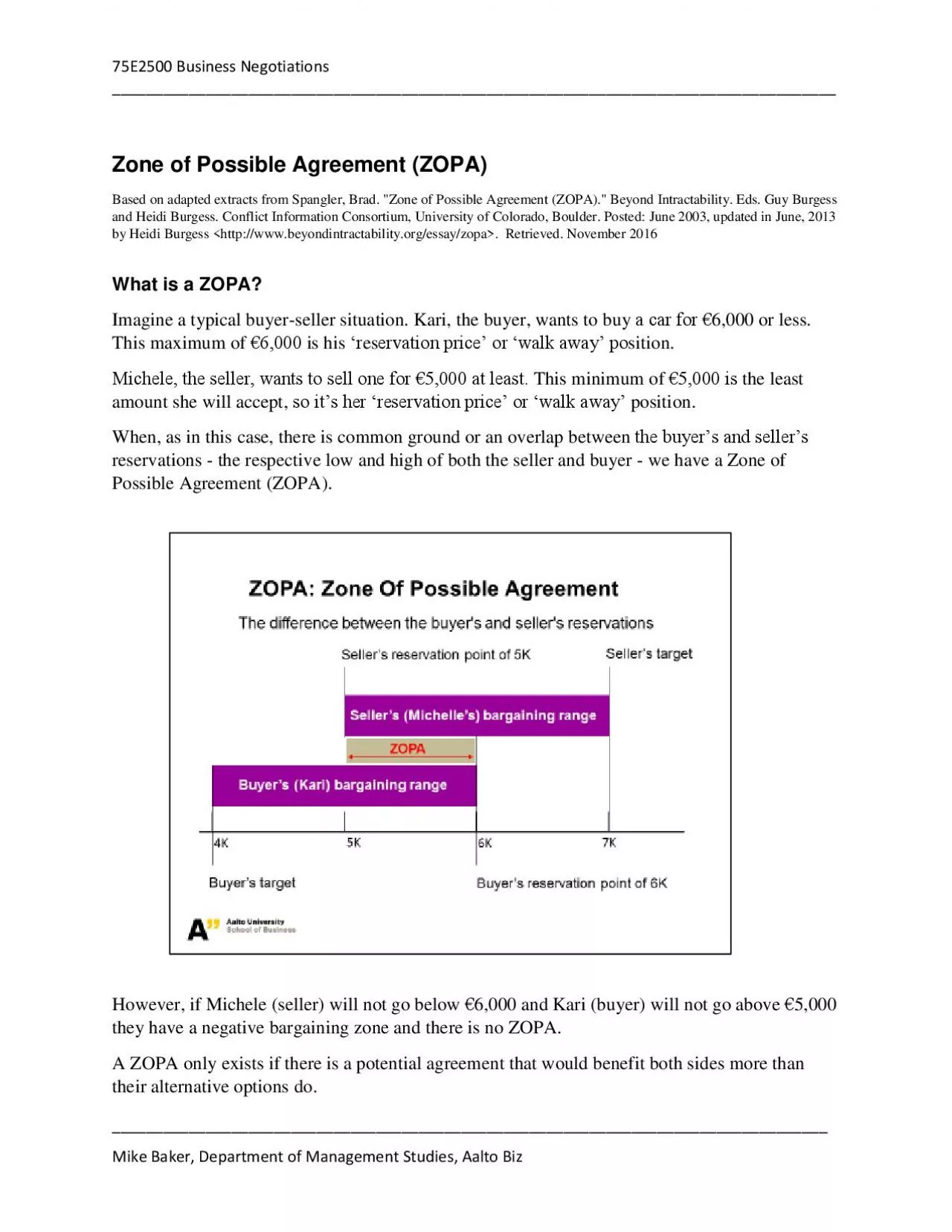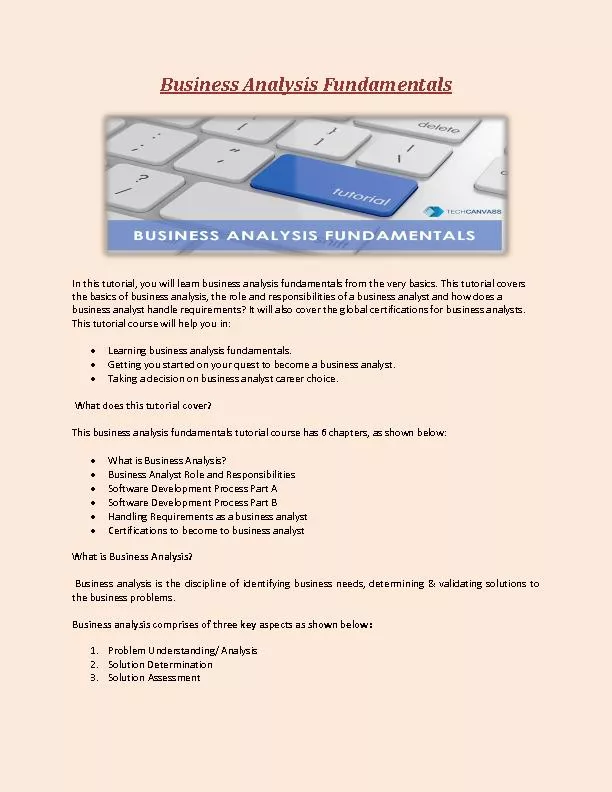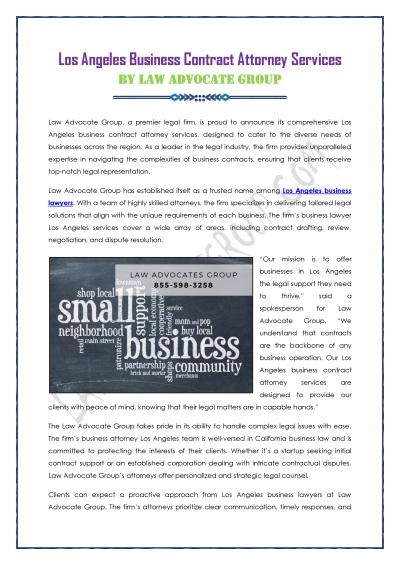PDF-75E2500 Business
Author : heavin | Published Date : 2021-08-21
NegotiationsMike Baker Department of Management Studies Aalto BizZone of Possible Agreement ZOPABased onadapted extracts from Spangler Brad Zone of Possible Agreement
Presentation Embed Code
Download Presentation
Download Presentation The PPT/PDF document "75E2500 Business" is the property of its rightful owner. Permission is granted to download and print the materials on this website for personal, non-commercial use only, and to display it on your personal computer provided you do not modify the materials and that you retain all copyright notices contained in the materials. By downloading content from our website, you accept the terms of this agreement.
75E2500 Business: Transcript
Download Rules Of Document
"75E2500 Business"The content belongs to its owner. You may download and print it for personal use, without modification, and keep all copyright notices. By downloading, you agree to these terms.
Related Documents














